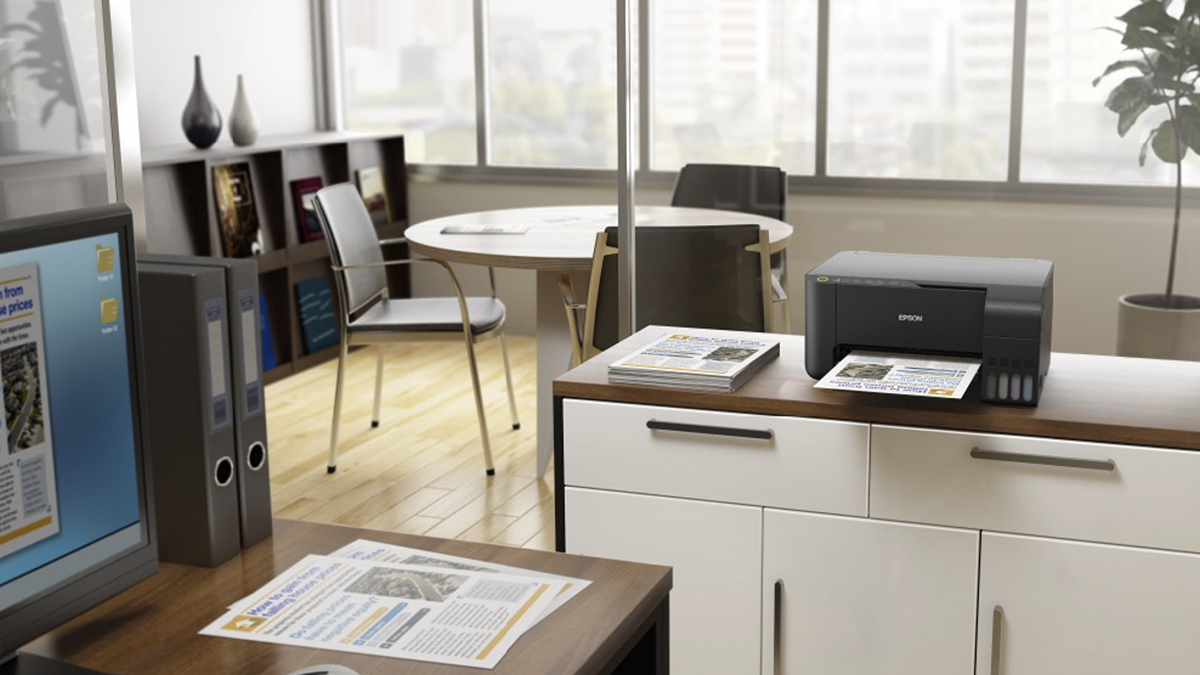Experts have warned about the human-initiated threat of climate change for years. In the last few years, that message has been received by more people. Recent extreme climate events have also added immediacy and newsworthiness to the environment cause.
As Eco-Business noted in a report, transitioning to a low carbon economy is gaining momentum in Southeast Asia, but investments in renewable energy and storage, clean energy public transport systems and energy efficient technologies and innovations are most needed.
Businesses in the region are joining the population in taking the threat more seriously by looking for ways to evaluate and improve the environmental impact of every aspect of their business, from products to process, in response to changing customer preferences among other factors. SMEs are particularly aware of how these changing preferences can affect their business.
Almost 30% of respondents in an Epson survey of SMEs in six of the largest Association of Southeast Asian Nations (ASEAN) nations by GDP ranked managing customer experience as their top business challenge. About half of the respondents in the Philippines considered this to be a top concern.
Recognizing the increasing importance of environmental concerns among their customers, close to 70 percent of the corporate SMEs in the region polled by Epson said they consider the impact on the environment when choosing an office printer. Thai SMEs in the study showed the most consideration of the environment when making office printer purchases.
Studies are also finding that more consumers are placing greater importance on a company’s environmental sustainability practices. A Futerra survey indicated that customers in the West look to companies to help them be more sustainable. In Asia, evidence suggests that customers may be ready to pay more for sustainable products. It’s clear that regardless of the product or service, SMEs must be more proactive in considering the environmental impact of their business to meet customer expectations.

Selecting technologies for a sustainable business
A PWC survey of over 100 CEOs in the Philippines noted that 83 percent have adopted sustainable business practices including energy efficiency and recycling practices, but 44 percent of these leaders are only concerned about the financial impact of these initiatives rather than other more holistic measures. More needs to be done by all companies to evaluate and improve the environmental impact of every aspect of their business, so that these efforts do more than pay lip service.
In 2016, the country recorded 114.8 million metric tons of carbon dioxide emissions and in order to reduce those numbers, the public and private sectors need to work together. Companies that are unable to meet customers’ demands for products that are sustainably sourced – or demonstrate its sustainability practices across the supply chain – may start to lose out in the competition for customers.
From the perspective of technology, as companies in Southeast Asia proceed with digital transformation initiatives to modernise their business, the environmental impact can serve as another contribution to the business goals of the transformation project.
This mindset can impact all of the everyday technologies we rely on for business operations, including products such as printers and projectors, which are becoming more efficient than ever with heat-free technology that reduces power consumption, without compromising on speed or quality.
How has the environmental impact of technologies improved?
The Epson survey determined that over 60 percent of SMEs in the region do not move forward with updating existing technologies due to cost. However, upgrading existing technologies can reduce the organization’s environmental footprint, while also delivering a lower total cost of ownership. For example, newer heat-free inkjet printers have become faster and more energy efficient compared to laser printers, which require a lot of electricity and heat.
Additionally, high capacity ink tank printers today reduce resource consumption, carbon dioxide emissions and cut waste. Similarly, with the adoption of interactive projectors, companies contribute to lowering their carbon footprint through reductions in travel for meetings. Newer laser projector technologies also have a brighter, longer-lasting light source than standard projectors with bulbs, which lowers the total cost of ownership.
Spreading sustainability across the enterprise
In order to truly make a notable change to a company’s environmental consumption and footprint, SMEs in Southeast Asia need to commit to creating business environments that allow them to leverage innovation to facilitate meaningful change that also delivers positive business outcomes. As the backbone of the ASEAN economy, SMEs will contribute significantly to the environment as the regional economy continues to grow.
For manufacturers, this means ensuring the company’s products are environmentally conscious and that supply chain and production processes make efficient use of energy and water. Transportation and logistics are also key contributors to global warming, which need to be carefully considered by SMEs importing components and exporting finished goods. Individual SMEs across ASEAN need to play their part, however small, in reducing the region’s environmental footprint.
It is clear today that committing to the environment must be far more than just an altruistic gesture. The region’s SMEs can build on their awareness of the environmental issues that matter most to consumers by choosing digital technologies that have minimal environmental impacts.
Environmental consciousness in product design and production processes, end-of-life recycling, service delivery and supply chain logistics will help us tread more lightly on the earth.
